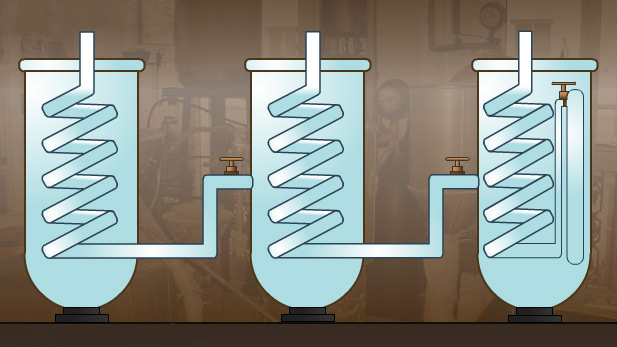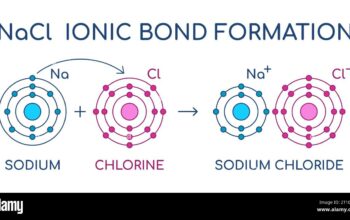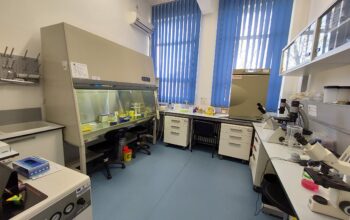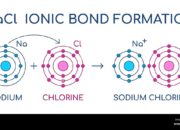Ultra-low temperatures have long fascinated physicists and researchers, offering a unique perspective on the behavior of matter at limits that challenge our understanding of the physical universe. As we strive to explore the implications of profound cold, various methods and technologies have emerged to achieve and measure these frigid conditions. But what, you might wonder, is the actual threshold for “ultra-low” temperatures, and what challenges do scientists encounter when they attempt to traverse this domain? This inquiry presents an opportunity to delve into the critical methodologies, physical principles, and measurement techniques associated with ultra-low temperatures.
To begin our exploration, we must first establish a foundational understanding of what constitutes ultra-low temperatures. Generally, these temperatures are defined as those that fall below 1 Kelvin (-272.15°C). At these extreme levels, thermal energy is severely diminished, allowing for the manifestation of quantum mechanical phenomena that are otherwise imperceptible at higher temperatures. Examples of such phenomena include Bose-Einstein condensation and superfluidity, which showcase new states of matter.
How, then, are these ultra-low temperatures achieved? Several methods have been developed, each with its own advantages and limitations. The two most prevalent techniques are the use of dilution refrigerators and laser cooling, each offering distinct pathways to achieve the desired thermal conditions.
Dilution refrigerators operate on the principle of mixing helium-3 and helium-4 isotopes. He-3 is a fermionic isotope, while He-4 is a bosonic isotope; their unique properties facilitate efficient cooling when mixed. As the two helium isotopes are combined, their interactions lead to an entropy reduction that allows the system to reach temperatures as low as 10 mK. This process often employs a two-stage cycle: the first stage reduces the temperature and pressure, while the second stage exploits the cooling effect of the diffusion of He-3 from the dilute phase into the concentrated phase. The interplay between these isotopes is complex and intricate, yet it underscores the elegant simplicity that nature exhibits in extreme environments.
Another remarkable and burgeoning method is laser cooling, which utilizes the momentum of photons to slow down atoms, effectively reducing their thermal energy. By tuning the frequency of laser light to be slightly lower than the absorption frequency of the atoms, physicists can cause the atoms to absorb and re-emit photons in a way that produces a net cooling effect. This technique can achieve temperatures as low as a few microkelvins, pushing the boundaries of what is achievable near absolute zero.
Following the attainment of these low temperatures, measuring the success of these techniques poses additional challenges. Traditional temperature sensors like thermocouples are often inadequate at ultra-low temperatures due to their intrinsic thermal noise and limitations in scale. Instead, researchers resort to more sophisticated instruments, like resistive temperature detectors (RTDs) or precision thermometers utilizing superconducting materials. Such instruments can provide accurate measurements in the milli-Kelvin range, overcoming the challenges posed by traditional methods.
One dominant methodology for temperature measurement in ultra-low environments is based on the electrical resistance of certain materials, such as platinum or silicon. As temperature decreases, the resistance typically changes in a predictable manner, allowing for reliable calibration of the measurement system. However, it is essential to account for deviations that can arise due to impurities or structural changes in the materials at cryogenic conditions. This necessity emphasizes the intricacies involved in developing reliable and accurate measurement techniques capable of bridging theoretical models with experimental realities.
Moreover, the significance of achieving ultra-low temperatures extends beyond mere curiosity; it opens the door to various practical applications. For example, superconductors, which exhibit zero electrical resistance at low temperatures, have potential applications in advanced electrical networks, magnetic levitation, and quantum computing. Quantum bits (qubits) have emerged as critical components in the nascent field of quantum computation, relying on ultra-low temperatures to maintain coherence and minimize decoherence. As researchers work to navigate the challenges of qubit stability and error correction, attaining ultra-low temperatures represents a central piece of this intricate puzzle.
In summary, the quest for ultra-low temperatures epitomizes the blend of scientific inquiry and technological innovation. From the utilization of dilution refrigerators and laser cooling to the sophisticated measurements of temperature, each step represents a triumph of human intellect in the face of nature’s complexities. Yet, the journey is far from over. With each experiment and advancement, we uncover new avenues to explore the fundamental principles that govern our universe. How far can we push the boundaries of cold? This question drives scientists toward an ever-deepening understanding of matter and energy, ultimately inspiring future generations of physicists to challenge the status quo and explore the unknown. Indeed, as the exploration of ultra-low temperatures continues, it may unlock new interpretations of reality that prove to be extraordinarily profound.












